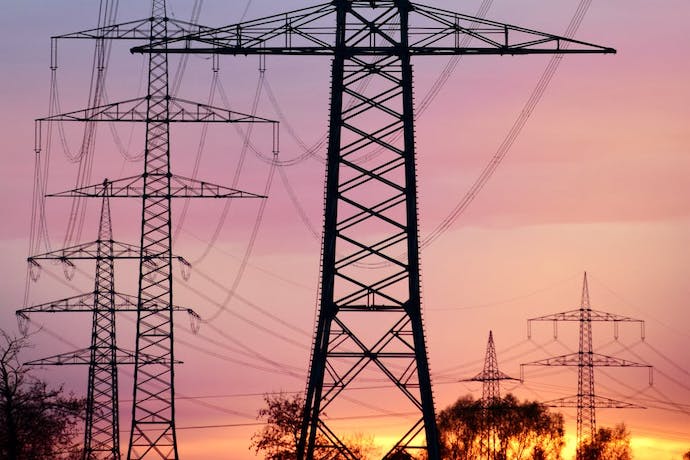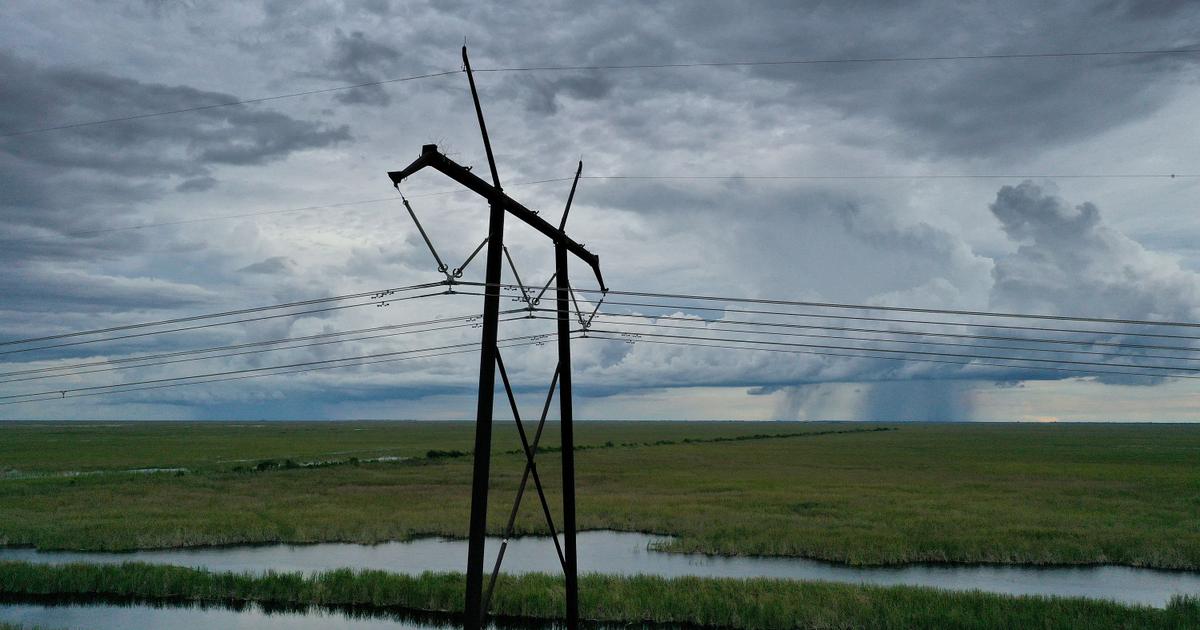Enedis has committed to an ambitious program to strengthen the resilience of the electrical grid in the face of climate upheaval. With a budget of €96 billion planned by 2040, the company relies on this amount to modernize its 1.4 million kilometers of medium and low voltage cables. Special attention is being paid to replacing outdated impregnated paper insulated cables, which fail during heatwaves. In the same vein, in response to recurring storms, Enedis is actively working on a plan that includes burying power lines, renovating, and replacing bare wires. RTE, for its part, is conducting meticulous mapping work, developing a targeted preventive strategy to address rising temperatures, while continuing the expansion of infrastructure to support the energy transition. The challenges are great and the paths to be taken numerous.
Enedis, a subsidiary of EDF, dedicates a significant portion of its investments to the resilience of the electrical grid against extreme climate events. Between 2022 and 2040, around 25% of the €96 billion allocated will be used to strengthen their network, particularly through the gradual replacement of impregnated paper insulated cables (CPI), which are vulnerable to high temperatures, at a cost of €5 billion over twenty years. Despite a €9.4 billion plan for burying power lines to counter storms, this solution is not always viable, especially in the face of flooding. Thus, innovative projects, such as the elevation of certain installations, are underway in collaboration with RTE, the high-voltage electricity transporter, to anticipate rising waters. Enedis relies on the climate trajectories projected until 2040 and is beginning to look ahead to 2050.

Table des matières
ToggleEnedis and the Climate Adaptation Strategy
For the electricity distributor Enedis, a subsidiary of EDF, adapting to extreme climate events has become a necessary priority. Enedis allocates nearly 25% of the €96 billion of its investment plan to strengthen the resilience of its electrical network by 2040. In response to the increase in heatwaves, the replacement of old impregnated paper insulated cables (CPI), responsible for failures under high temperatures, is underway. This ambitious project, representing more than €5 billion over twenty years, aims to modernize the network and minimize the impact of climate change on electricity distribution.
Burying Power Lines and Flooding Challenges
Enedis has implemented a plan to bury power lines to counter repeated storms, with a budget of €9.4 billion over eighteen years. However, Hervé Champenois, technical director of Enedis, emphasizes that this burying is not a foolproof solution against all risks, such as flooding. The project includes the elevation of certain transformers and substations, primarily in Ile-de-France. In collaboration with RTE, this strategy integrates the risks of rising waters and other previously unanticipated elements.
Equipment Mapping by RTE
RTE, as part of its investment master plan for 2040, is conducting detailed mapping of its facilities to determine which ones need to be replaced, elevated, protected, or relocated. This plan responds to a climate trajectory of +4°C, using scenarios from the IPCC to anticipate potential extra costs from more extreme scenarios like 8.5 or 7.0. These initiatives demonstrate how RTE and Enedis are adapting their infrastructures to not only withstand challenges but also to support the necessary energy transition to reduce global warming.





